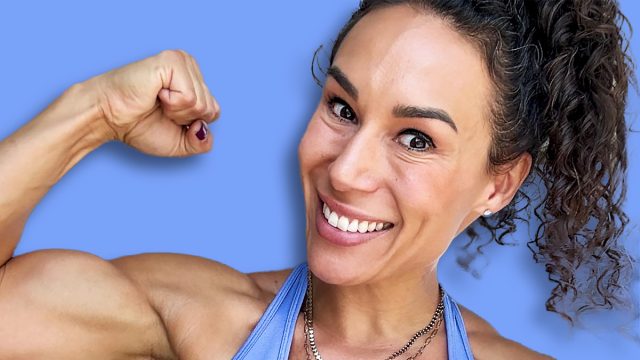5 Protein Mistakes You're Making That Stop Weight Loss, Expert Says
Are you hitting your protein goals but are struggling to lose weight? You might be making some major mistakes, according to an expert. Ashley DiGiacomo Schwartz is a Fitness & Nutrition Body Recomposition Coach, BA/IMBA, who transformed her body during perimenopause, finally figuring out how to get rid of her midsection. "I made these mistakes for years, and they kept me stuck," she writes in a new post.
Skimping on Breakfast Protein
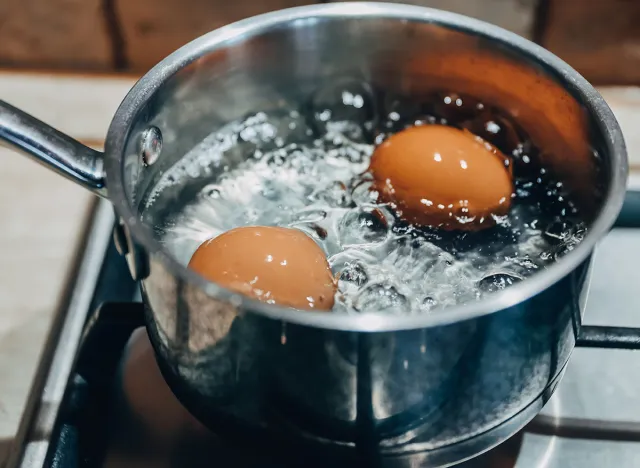
The first mistake? Skimping on breakfast protein. "Starting the day with just two eggs and some avocado toast might feel 'clean,' but if there's not 30-35g of quality protein in the mix, muscle protein synthesis isn't triggered. Translation: It's not helping with body recomposition!" she says in her post.
RELATED: 7 Foods with More Protein Than an Egg, Weight Loss Expert Reveals
Picking High-Fat Proteins
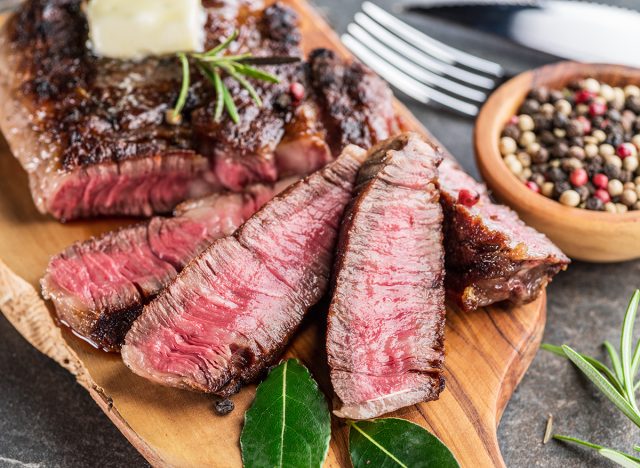
The next mistake is picking high-fat proteins. "Sure, ribeye is delicious, but if fat loss is the goal, calories still matter. High-fat proteins like some beef, salmon, and nuts, can hinder your ability to stay in a deficit, which is necessary for fat loss," she says.
Thinking More Protein Will Get You Results
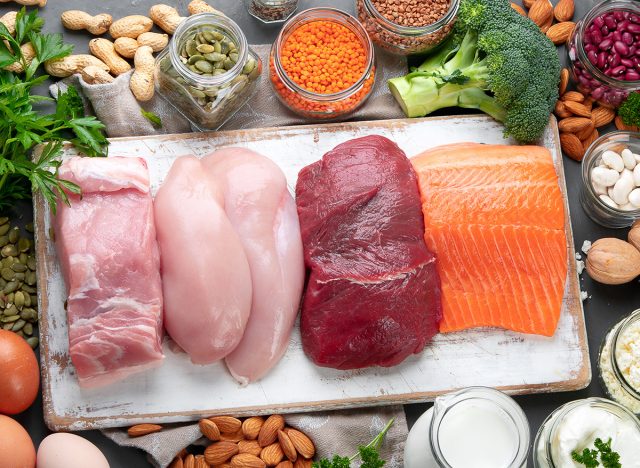
Mistake three? Thinking more protein = results. "Protein is important, but it's not magic if there's still a calorie surplus. I learned the hard way that going overboard on 'healthy foods' can easily derail progress. You see this often with people saying they 'eat healthy' but can't lose weight. Because 'healthy' foods still have calories, and if you aren't paying attention, you can still eat too much of a healthy thing," she writes.
Relying Too Much on Bars & Shakes
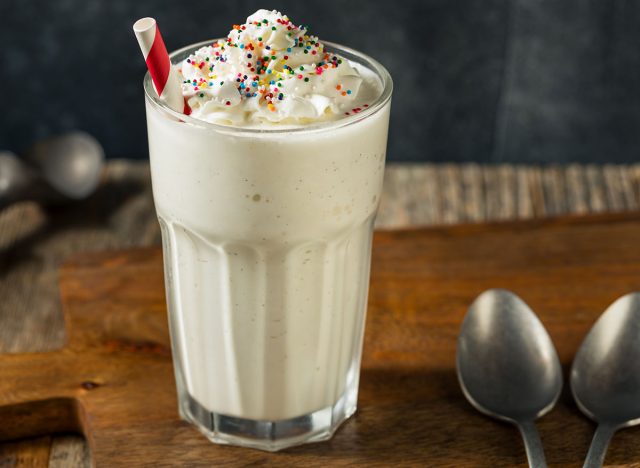
Mistake four is relying too much on bars and shakes. "Whole food protein and fiber wins for keeping hunger in check. Whey protein is great for protein shakes, and adding in a few processed protein sources a day helps hit that protein content. But when we eat whole foods for our protein sources and veggies, we get higher quality protein, fiber and feel full longer," she says.
RELATED: Want Flat Abs? Ditch These 7 Foods From Your Diet, Says Expert
Choosing the "Healthy" Salad
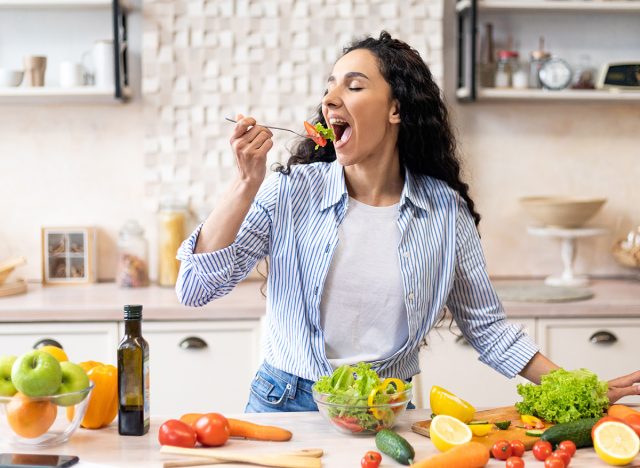
Her final mistake is choosing the "healthy" salad. "That chicken salad might sound like the right call, but it often has more calories than a lean steak with a baked potato and veggies—and leaves you starving. Stop fearing real protein! And stop thinking that salads are the only way to get to your goals. Achieving your dream body isn't about starvation or restriction—it's about smart choices!"
Also, Sleep Is a Great Belly Fat-Blasting Habit

In another post, she offers some tips on how to blast belly fat, starting with sleep. "Aim for 6.5-8 hours when you can quality sleep regulates your hormones and reduces stress," she writes.
And Don't Forget to Move
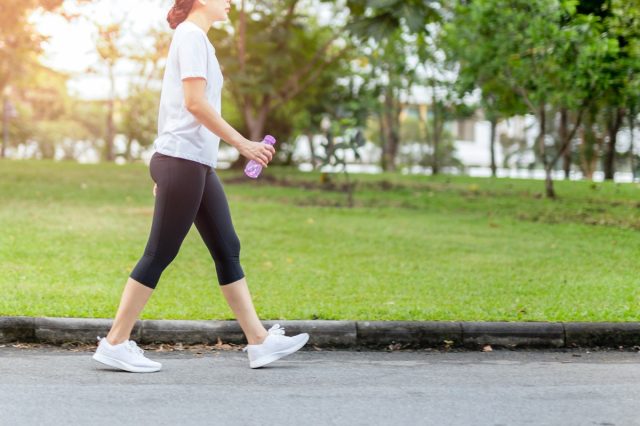
Movement is also key. "Get your steps in. Walking (especially outside) lowers stress, and taking extra steps burns extra calories without making you more hungry! Win-win!" she writes.
Drink More Water
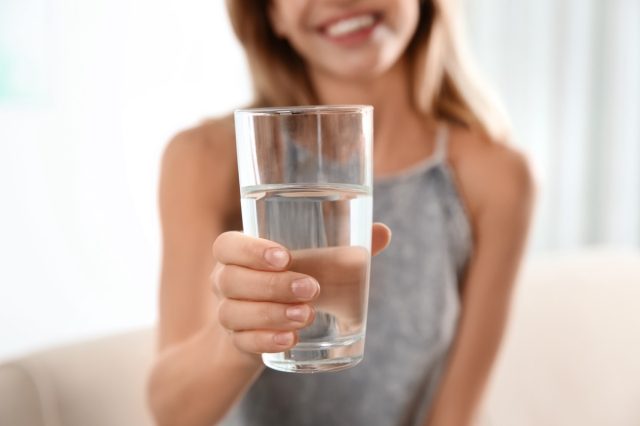
Drink more water to blast belly fat! "If you are drinking more water, you are less likely to overeat. Additionally, all of our systems benefit from proper hydration, so if you want optimal workouts, you need to hydrate," she writes.
RELATED: She Dropped 160 Pounds After Admitting 9 "Hard Truths"
Aim for a Moderate Calorie Deficit
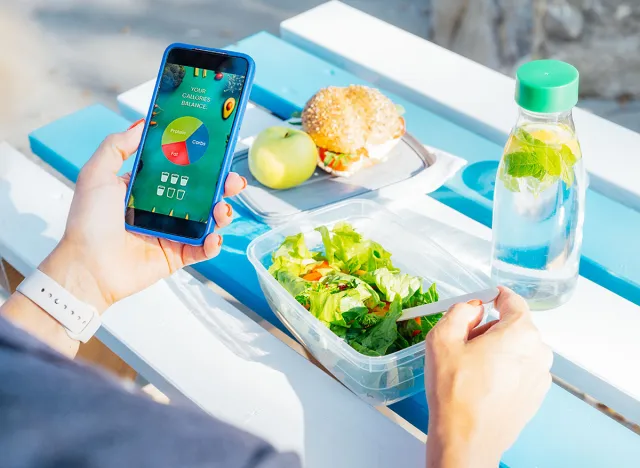
She also recommends a moderate calorie deficit. "If your goal is to lose body fat, then you need to be in a deficit, but I don't recommend going lower than 300 calories below maintenance to keep it sustainable long term," she says.
Find the Right Workout Plan
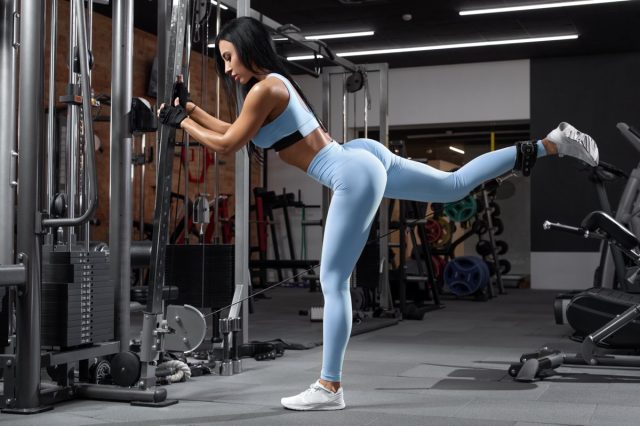
And find the right workout plan. "Your approach needs to change as you age. If you are a 40-year-old woman, what you did in your 20s could very well be making you gain more weight. You need a plan that is built for you. If you are not on the right exercise routine and nutrition plan for your goals, it can be damn near impossible to lose," she says. And if you enjoyed this article, take advantage of these 15 Quick Ways to Lose Body Fat Percentage in a Week.
